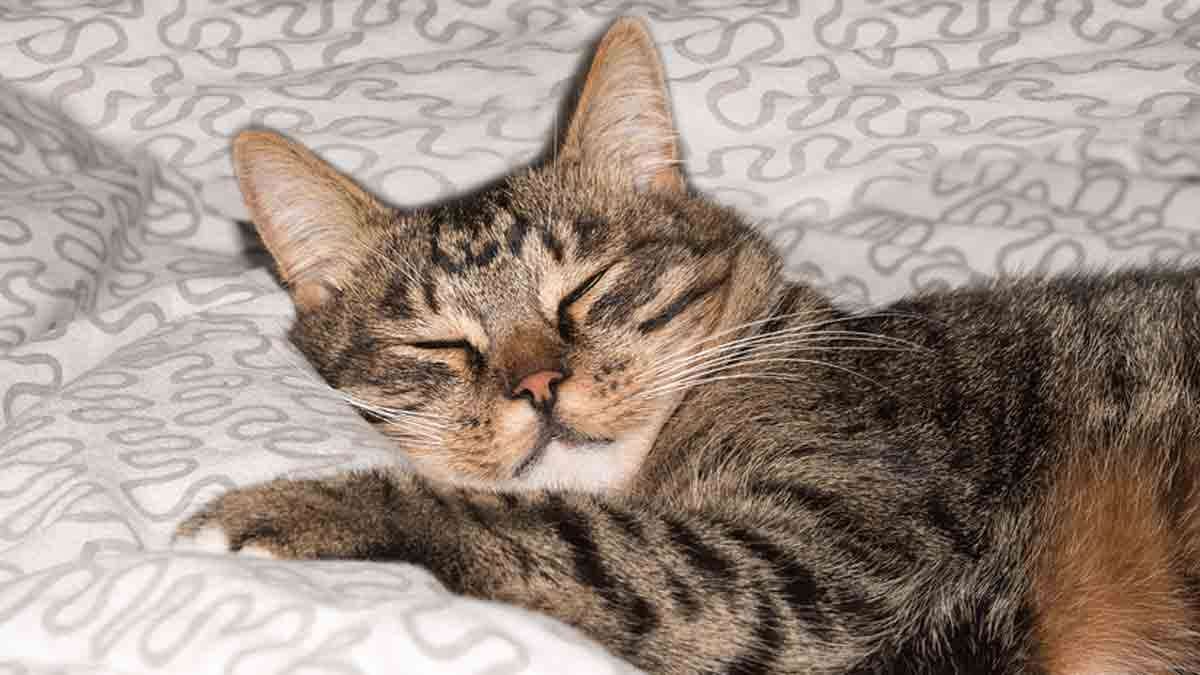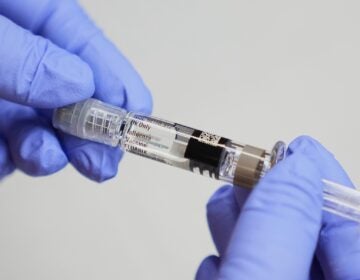New Jersey debates whether cat declawing is cruel
Fur is flying between pet owners, veterinarians and animal welfare advocates over a new bill to ban feline declawing in New Jersey.
If made law, the state would become the first in the nation to ban the practice.
This could set an important precedent as 99 percent of declawing done on the planet is performed in the US and Canada.
But the New Jersey Veterinary Medical Association (NJVMA) does not support the ban. The group said that it’s not that they want cats declawed but that bans sometimes cause new problems.
“Our first position concerns the unintended consequences of the ban,” stated Rick Alampi, NJVMA’s executive director. The organization represents the state’s 1600 licensed veterinarians.
Declawing
The bill’s journey to law is being monitored across the nation.
Jennifer Conrad, a California-based DVM who specializes in rehabilitating big cats (lions, tigers and such) who have been maimed by declawing, is hopeful that the ban will pass.
The founder of The Paw Project, an animal advocacy group dedicated to ending the surgical procedure, has led the way in getting similar bans passed in several California cities and is a driving force behind recent legislation in New York State.
Conrad says the argument to permit declawing as a means to prevent euthanasia is an excuse to make vets feel better.
After Los Angeles banned declawing in 2009, the number of cats relinquished to shelters dropped 43 percent. Though it’s not certain the ban caused the decrease, that number is significant.
The truth about declawing
Of course, cats can’t tell us if declawing really hurts or file personal injury lawsuits. So many people believe the procedure is pain-free and harmless. Like trimming one’s nails.
The truth is onychetomy (surgical declawing) actually involves amputating the last, or distal, bone of each toe. Veterinarians amputate with either a scalpel, the chillingly named guillotine clipper, or use laser surgery.
Vets also perform tendonectomies as an alternative to traditional declawing. Claws are kept, but the the tendons of the distal bone are severed to render cats incapable of extending their claws to scratch.
The new legislation would ban both procedures.
A common analogy used in the declawing debate is that the surgical procedure is akin to cutting off a human finger at the last knuckle.
Alampi says that comparison is not accurate.
This is because the bone involved (P3 bone) is connected by a series of ligament and the procedure doesn’t involve removal of the toe pad, he explained. Furthermore, in New Jersey it is standard practice to use lasers.
Alampi says declawing is similar to removing a human fingernail.
However, Conrad strongly disagrees.
It’s a fact that cat nails grow directly from the P3 bone, not a nail matrix like in humans, and there is no question that declawing requires amputation.
“It can’t be done any other way,” she attested.
After the claws come out
Having a cat declawed poses the same risks and complications as any other surgical procedure, including pain, infection, nerve damage and complications from anesthesia.
But there are other common complications specific to declawing.
All cats are digitigrade, meaning they walk on their toes. Cats walk on the joint between the second and third phalanx with their claws retracted. After declawing, the second phalanx becomes stuck in a hammer toe position because the severed ligaments make it impossible to extend.
That means declawed cats’ second phalanx (P2) becomes directly weight bearing. Over time this causes the bone to bend backwards at an unnatural angle.
It’s true that pads are retained, but without the distal bone present pads shrink and atrophy.
Tendonectomies pose the same surgical risks, plus cats are no longer able to wear down their claws. This means extra care in the form of regular claw trimming is a necessity.
As with amputation in humans, phantom pain may be a reality for declawed cats.
Extreme post-operative pain was indeed true for cats two decades ago, Alampi admitted. However, there have been dramatic advances in both surgery and pain management.
Pain can persist long after surgical wounds heal. As a result, a third of declawed cats are more likely to eliminate outside the letterbox. They also tend to bite more and are twice as likely to lose their home.
Cable television personality and cat behaviorist, Jackson Galaxy (of My Cat From Hell fame) has also strongly weighed-in on the subject, including video testimonial calling it “pointless mutilation” with devastating after effects.
So why do it?
The biggest pro-declaw argument is that the procedure allows for increased pet ownership among those intolerant of scratching – a normal feline behavior.
Without it, destruction of property and fear of injury to at-risk owners, such as hemophiliacs, those with impaired immune systems or families with infants and toddlers could lead to an increase in relinquishing kitty to a shelter.
Many of those brought to shelters are eventually euthanized.
Rep. Parker Space was one state lawmaker who came out in opposition to the bill, in part from personal experience.
When his wife’s cat shred their brand new kitchen chairs, he issued an ultimatum: declaw or get rid of the cat. The result, he says, is a happy pet remaining with a loving family.
He was also swayed by testimony from several veterinarians concerning the new laser procedure.
Supporters of the ban are letting their emotions rule over good common sense and should instead listen to the professionals, Space said.
But Conrad is one such professional who feels declawing is a just convenient surgical answer to a behavioral problem for which there are numerous humane alternatives.
All puppies chew, yet no one considers having their teeth removed, Conrad quipped.
Nail caps (aka Soft Paws), extra scratching posts, hiring a trainer, and keeping kitty separate from a new baby are all effective means to reduce unwanted scratching.
“The rest of the world doesn’t do this and they still have babies,” she said.
And the thousands of declawed cats surrendered to shelters demonstrate that declawing did not protect them from that fate.
WHYY is your source for fact-based, in-depth journalism and information. As a nonprofit organization, we rely on financial support from readers like you. Please give today.









